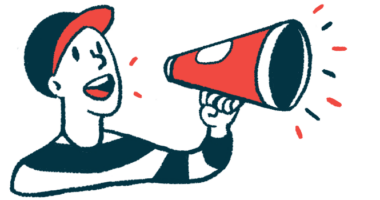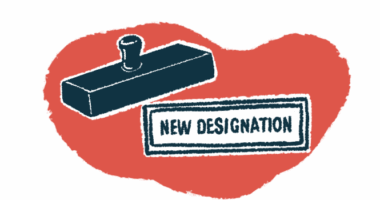Non-drug Treatments for Friedreich's Ataxia
Physical Therapy
Physical therapy for FA patients is aimed at prolonging motor function and achieving a higher quality of life for as long as possible while minimizing pain, deformity, and disability. A physiotherapist can recommend exercises that may help patients maintain the use of their arms and legs for longer. Physical therapy, along with speech therapy, also can help improve problems with speech (dysarthria) and swallowing (dysphagia) by retraining the tongue and facial muscles.
Occupational Therapy
An occupational therapist can help identify aspects of daily life that are challenging for FA patients and advise them on how they can maintain independence for as long as possible. They may do this through recommending and teaching a patient to use assistive equipment such as wheelchairs, for example. They also can advise patients or caregivers on home adaptations or suggest techniques to make a task more manageable.
Surgical Procedures
Doctors may recommend surgery for FA patients who have severe cases of scoliosis, an abnormal curvature of the spine. Surgery also can help correct foot deformities such as pes cavus, or high arch, and club foot that cause pain or affect mobility. Additionally, a surgical procedure may be used to relieve issues related to swallowing difficulties. For FA patients with cardiomyopathy, heart surgery may be necessary.






